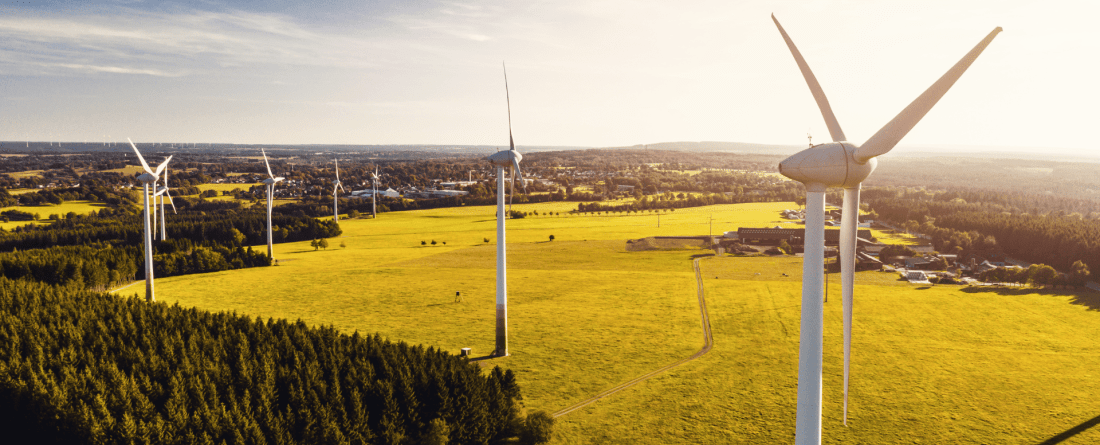
O'Keefe, K., Iyer, G., Kennedy, K., Ou, Y., Zhao, A., Cui, R., McJeon, H., Hultman, N., (2024). The role of electrification and the power sector in U.S. carbon neutrality. Energy and Climate Change. https://doi.org/10.1016/j.egycc.2024.100155
Abstract
The United States has pledged to achieve net-zero greenhouse gas emissions by 2050. We examine a series of net-zero CO2 scenarios to investigate the impact of advanced electrification of end-use sectors on the dynamics of America's net-zero transition through 2050. Specifically, we use an integrated assessment model, GCAM-USA, to explore how advanced electrification can influence the evolution of the electricity system in pursuit of net-zero. State-level resolution for end-use demand sectors and energy transformation is a key feature of GCAM-USA that allows for elucidation of the variation in end-use electrification across states. All scenarios in this study are designed to be consistent with the modeling protocol for the Energy Modeling Forum Study 37 model inter-comparison project. Our scenarios show the scale of transformation in the power sector with average annual capacity additions reaching 121-143 GW/year and 172-190 GW/year in 2050 net-zero CO2 scenarios and 2045 net-zero CO2 scenarios, respectively, in the 2040s — approximately three to five times the 2021-2023 average. In 2050 net-zero CO2 scenarios, electrification rates in 2050 range from 15-48 % for transportation, 65-83 % for buildings, and 20-38 % for industry. If net-zero CO2 is achieved in 2045, transportation, buildings, and industry are 27-53 %, 78-84 %, and 41-53 % electrified by 2050, respectively. Advanced electrification of end-use sectors can reduce the magnitude of reliance on negative emissions by driving down residual positive emissions by mid-century. Altogether, our results demonstrate that a net-zero transition in the United States will require deep and rapid structural changes to the energy system.
